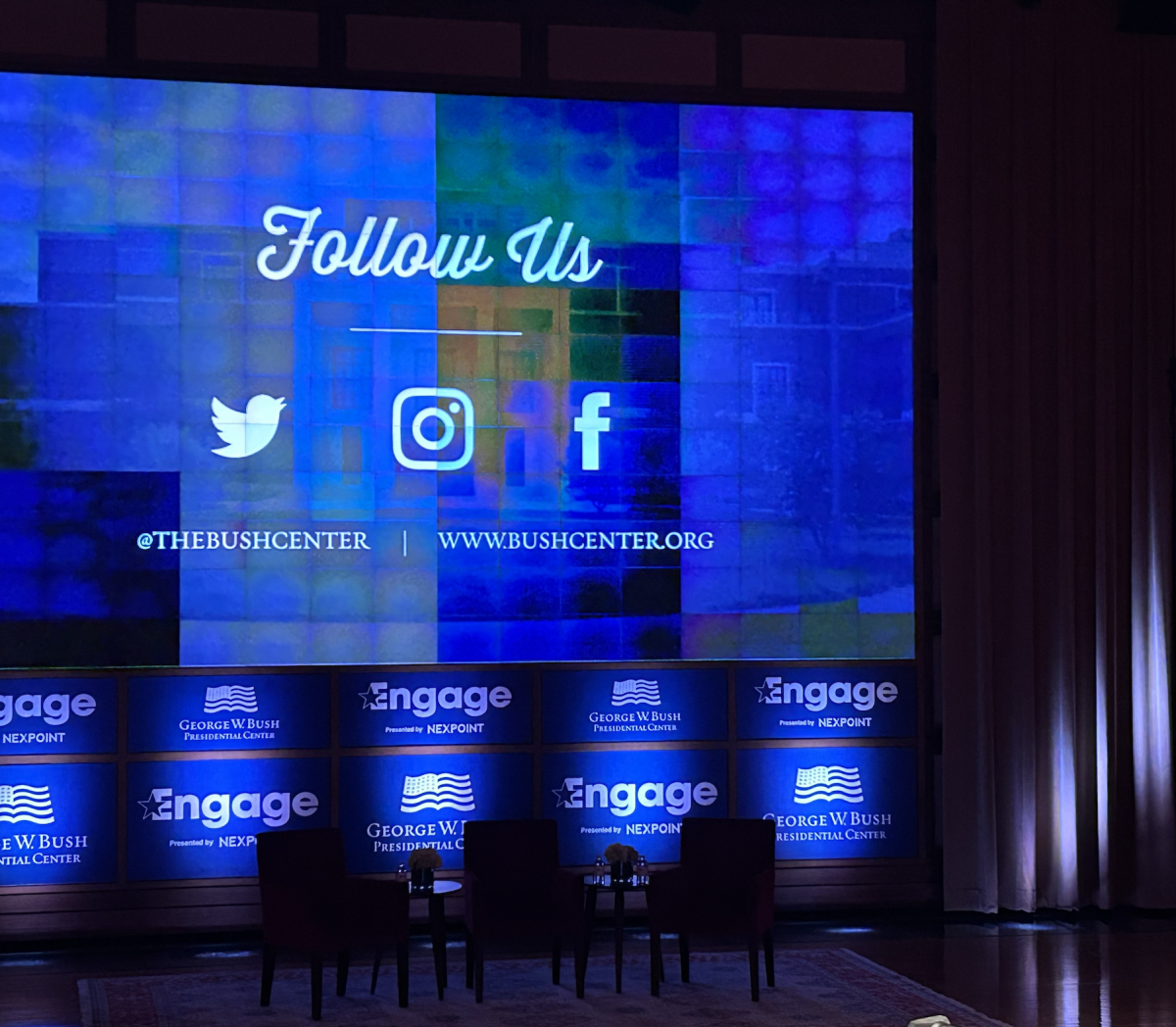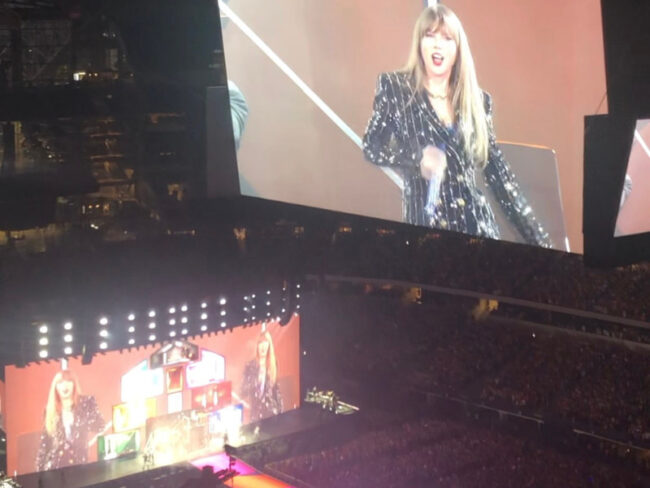“You looked gorgeous in this pic. You should instagram it, but wait a few hours. I predict hella likes,” was the text I received from my sister, referring to a Valentine’s Day picture.
This is the world we live in. People don’t just go to social events anymore. It isn’t enough to just enjoy life. We have to tell everyone else where we are and just how much we’re enjoying it. And then comes the added obsession with how well it’s received. We hope for “likes” and comments, because if we don’t get at least 100, what does that say about us? I’m just as guilty as the rest of the world.
I posted the picture.
There are 665 million active Facebook users right now and 751 million use Facebook from a mobile device, meaning it’s always with them. According to a Pew Research Study in 2014, Facebook is the most used social media platform, but others like Twitter, Instagram, Pinterest, Snapchat, and Linkedin are growing at a faster usage pace than Facebook.
The constant need to showcase our lives has made our world a self-absorbed and image-obsessed culture. It decreases authentic relationships and presents an unrealistic picture of life to onlookers. It’s a world that screams, “Look at me, look at me!”
And it is constant.
Facebook allows users to post status’, pictures and videos. Twitter allows for 140 characters, photos and videos. Instagram just photos and videos. (Of course with the perfect caption to go along). Then came Snapchat.
Snapchat went from simply allowing users to send pictures that disappear to having a “My Story” feature. The feature lets users post a picture or video to their “story” that shows exactly what they are doing and will stay up for 24 hours, because people’s lives are just so interesting and everyone just needs to know.
This is problematic enough on it’s own. Think privacy or think posting while drinking. But, it’s worse. It increases comparison, jealousy, and can often give wrong impressions.
“Is the girl in his Instagram picture just a friend or does he like her? If he likes her, then why am I even bothering?”
“She been posting a lot of going out pictures? Does she do anything but drink?”
The different thoughts could go on and on. It’s never ending. Users don’t post about all the homework and work they’re doing, or the nights they stayed in bed and cried. Instead, the glamorous nights out, the mission trips, or the significant others are splashed across the computer screens and smart phones. Life in reality versus life as it appears on social media are two very different things.
While social media seeks to connect us, it often does the opposite, isolating us in comparison, separating us with assumptions about how others live. Social media is wonderful for getting news, for providing platforms, for reaching audiences, but when it comes to actually helping our social lives—it comes up short.
When do we actually see people in person to ask how they are? Or do we just follow them and decide for ourselves? My guess is the latter.
And when it comes to dating? Forget about it. What’s the difference between receiving a text or a snapchat? What does it mean if you like the person’s Instagram? Why if he has so many channels to contact me is he not contacting me? Why did she open my snapchat, but not text me back?
Social media has complicated us. Made us even more self-critical, self-aware and self-important.
Yes, we are more social. But at what cost?














